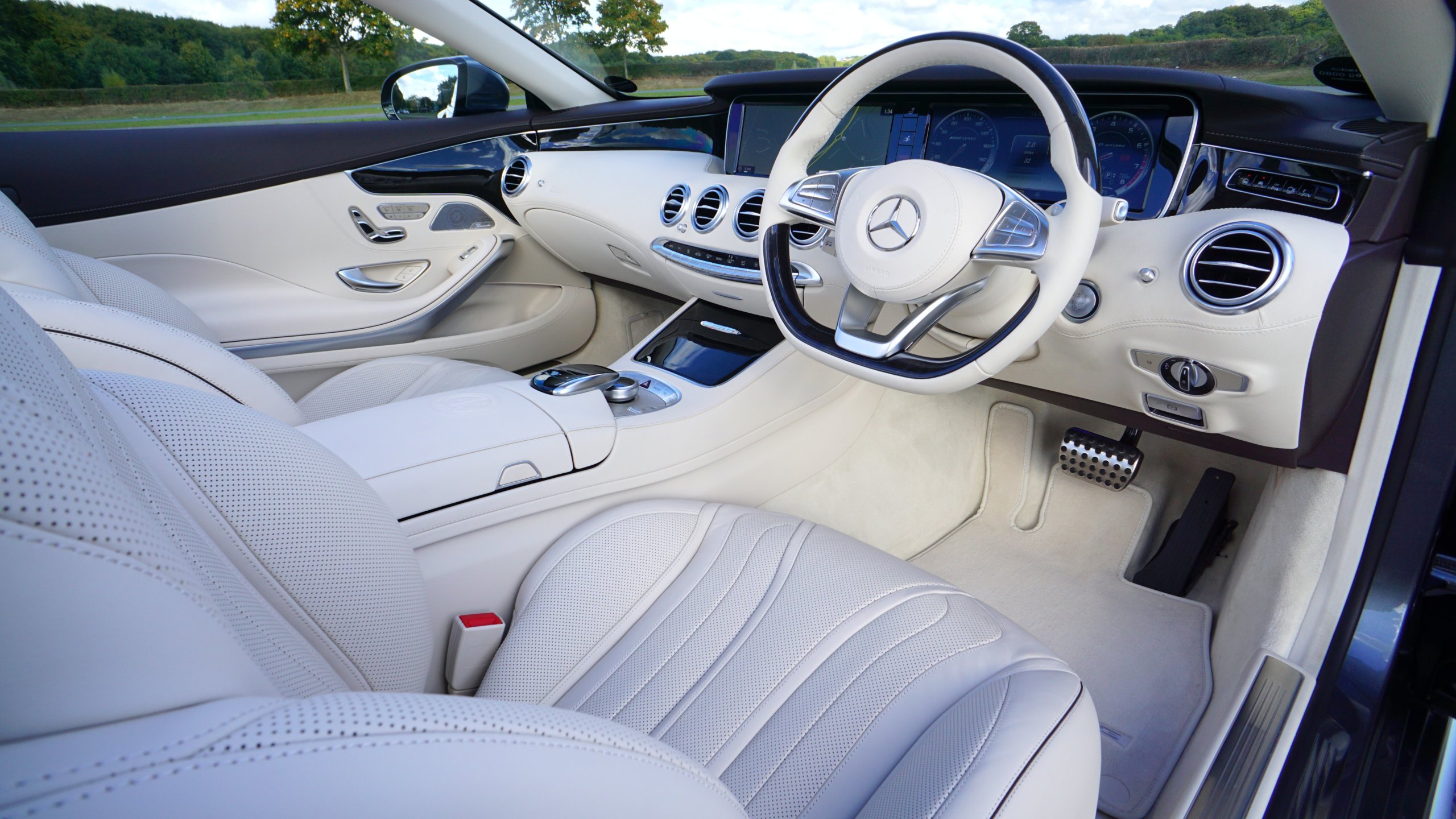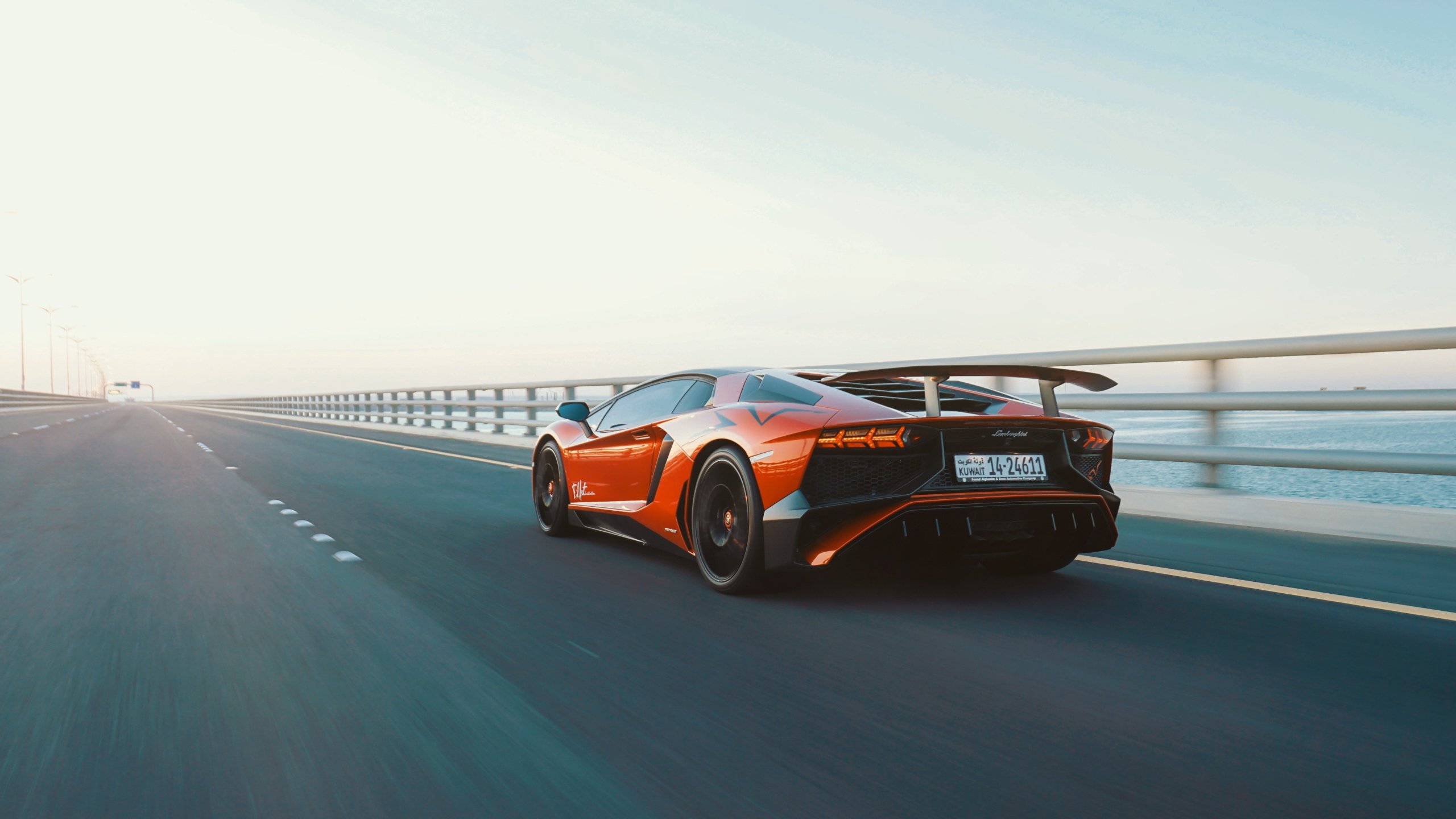
You’ve probably heard the following saying: “Data is the new oil.” Not too long ago, numerous news outlets reported that extrapolating insight from numbers had officially become worth more than the fossil fuel. This certainly seems to be the case with self-driving cars.
There’s a race right now to build an autonomous vehicle that drives better than a human. And Tesla and Waymo, the two companies at the front of the pack, are relying on data to get them across the finish line first.
Different Approaches to Data
Both of the San Francisco developers of self-driving vehicles believe the best solution lies in data. In fact, it’s a big reason why they’re in the lead right now — they have more data than all of their competitors. But they wildly differ in their approaches.
Tesla is leveraging its fleet of hundreds of thousands of cars to acquire real-world data about their Autopilot system’s performance. Waymo feeds its findings from sophisticated computer simulations into its real-world group of cars, which is way smaller than Tesla’s armada.
Data is the fuel of artificial intelligence (AI), the foundation of autonomous vehicles. Changing how it’s fed into the system, what kind of information is given, and how the system responds to it will ultimately dictate which company successfully develops AI ready for the road.
Power in Numbers
Tesla has customers around the world, and thousands of them use the company’s Autopilot system every day. In 2016, it was reported that the company had already logged 780 million miles of data. Per IEEE Spectrum, Autopilot was “in at least partial control” for 100 million of those miles. The following summer, CEO Elon Musk followed that figure up by saying that Tesla logged “just over 3 million miles [of data] per day.”

Last summer, the total number of miles driven by Tesla vehicles broke 5 billion. While not all of those miles had Autopilot involved, insights can still be extracted from all of the miles for Tesla’s semi-autonomous feature. The company still logs data about how Autopilot would perform if it took action in different driving scenarios. Known as “shadow mode,” this sort of simulation could take advantage of all of the billions of miles that Tesla vehicles have traversed.
Waymo Wants Simulations to Show It the Way
Waymo originally began as Google’s self-driving car project. Earlier this year, the company announced that it had simulated 5 billion miles of self-driving, with another 5 million miles actually driven on public roads. These colossal figures put it in the same league as Tesla as far as data goes.
But compared to Tesla’s over 300,000 vehicles on the road, Waymo only has roughly 500 to 600 Pacifica minivans out in the real world to collect data from. Not only this, but Waymo is currently only in a handful of states, while Tesla is scrounging data up from a plethora of diverse settings around the world.

Waymo is currently relying on its powerful simulations to drive progress, but real-world data could prove to be more valuable. Ark Invest analyst Tasha Keeney elaborates: “I feel like everyone agrees Waymo’s technology is the best right now, but I think a lot of people are underestimating the power of the dataset that Tesla has.”
Waymo is well aware of this and already has plans in the works to make their data more well-rounded. By the end of 2018, the company plans to add a few thousand more Chrysler minivans to its army of autonomous vehicles. The company also just struck a deal with Jaguar Land Rover to create a self-driving, all-electric I-Pace SUV. In the next few years, Waymo anticipates adding 20,000 of these to its fleet.
How Tesla Deals With Data
A regular Tesla comes outfitted with twelve ultrasonic sensors, eight cameras, and a single forward-facing radar. Contrary to the status quo, Tesla doesn’t employ LIDAR, a technology similar to radar, but instead of utilizing radio waves, it bounces laser light signals off of surroundings for navigation. It has significant advantages over traditional radar and cameras. If mounted at the right spot (typically the top of the car), LIDAR can deliver a high-resolution, 360-degree perspective of a car’s surroundings, even in the dark due to the fact that it functions as its own light source.
Of course, LIDAR has its fair share of disadvantages. Not only is LIDAR typically costly and clunky, but it also usually has moving mechanical parts subject to faltering. Musk considers LIDAR “a crutch” and believes that affordable autonomous cars will need to rely on camera-based systems. Keeney says that if Tesla can accomplish this, it will be a huge win: “It’s a riskier strategy but it could pay off for them in the end. If Tesla solves [autonomous vehicles without LIDAR], everyone else is going to be kicking themselves.”
While this is undoubtedly an ambitious endeavor for data capturing, the feat of processing data also poses a problem for Tesla. “It’s actually quite a challenge to process that data, and then train against that data, and have the vehicle learn effectively from the data, because it’s just a vast quantity,” explained Musk in a recent earnings call.
About two years ago, Musk published the second iteration of his “master plan” for Tesla. In it, he proclaimed that 6 billion miles of data processing would be needed for “worldwide regulatory approval” of a complete self-driving technology. Tesla’s likely passed this milestone by now, but the rollout of a completely autonomous version of Autopilot keeps getting pushed back. Granted, Musk already has an overfull plate with many other deadlines being missed, so this isn’t that surprising.
How Waymo Deals With Data
Each of Waymo’s minivans utilize eight cameras, five radar sensors, and three different LIDAR sensors. While Tesla may attract the general public’s hype, Waymo has earned the respect of the tech-savvy community for its use of LIDAR.
In fact, Tesla may have given itself a disadvantage for forgoing LIDAR according to Raj Rajkumar, the co-director of the connected and autonomous driving research lab at Carnegie Mellon University. “We don’t think the hardware will be sufficient to do that, and I don’t think Tesla is particularly anywhere close to getting to [fully] driverless operation,” he explains.
Keeney agrees with Rajkumar’s stance: “The Waymo data set is way more detailed just by the fact that they’re using LIDAR, which pulls in so much more information than you’d get off of cameras alone.” But these sensors are just the beginning of how Waymo differs from Tesla in data acquisition and processing.
Waymo re-creates extensive computer models of the cities that it tests in. It then sends 25,000 virtual autonomous vehicles through them every day. The resulting data gives the company insight into thousands of different scenarios, which then gets uploaded to its real cars for improved performance. For particularly troubling scenarios, Waymo will construct a physical counterpart in its test facility in California to figure out the best solution.
Waymo’s data feedback loop is impressive and is certainly a different take than Tesla’s. Rajkumar admits that it probably wouldn’t be viable without the backing from Alphabet: “[It] has come at the expense of incredible investments, resources, time, and effort — which Waymo of course clearly has plenty of because of its parent company.” Without all of these resources, Rajkumar believes that Tesla would have quite a bit of trouble replicating the same processes. “Tesla would have to spend a lot more on it, and go through a highly labor-intensive process.”
Data Drives the Impact of Autonomous Cars
The approaches that Waymo and Tesla are taking to achieve true autonomous driving both have their advantages and disadvantages. Which one will lead to the right results is anyone’s guess. The company that does it will unlock unparalleled value for society.
It’s estimated that autonomous vehicles could reduce the number of car fatalities in the United States by 40,000. Intel projects that self-driving cars could generate about $800 billion in annual revenue by 2030 and $7 trillion annually by 2050. Keep your eyes peeled, because both companies have been steadily improving their technologies, and we may very well be in the final lap of the race.





